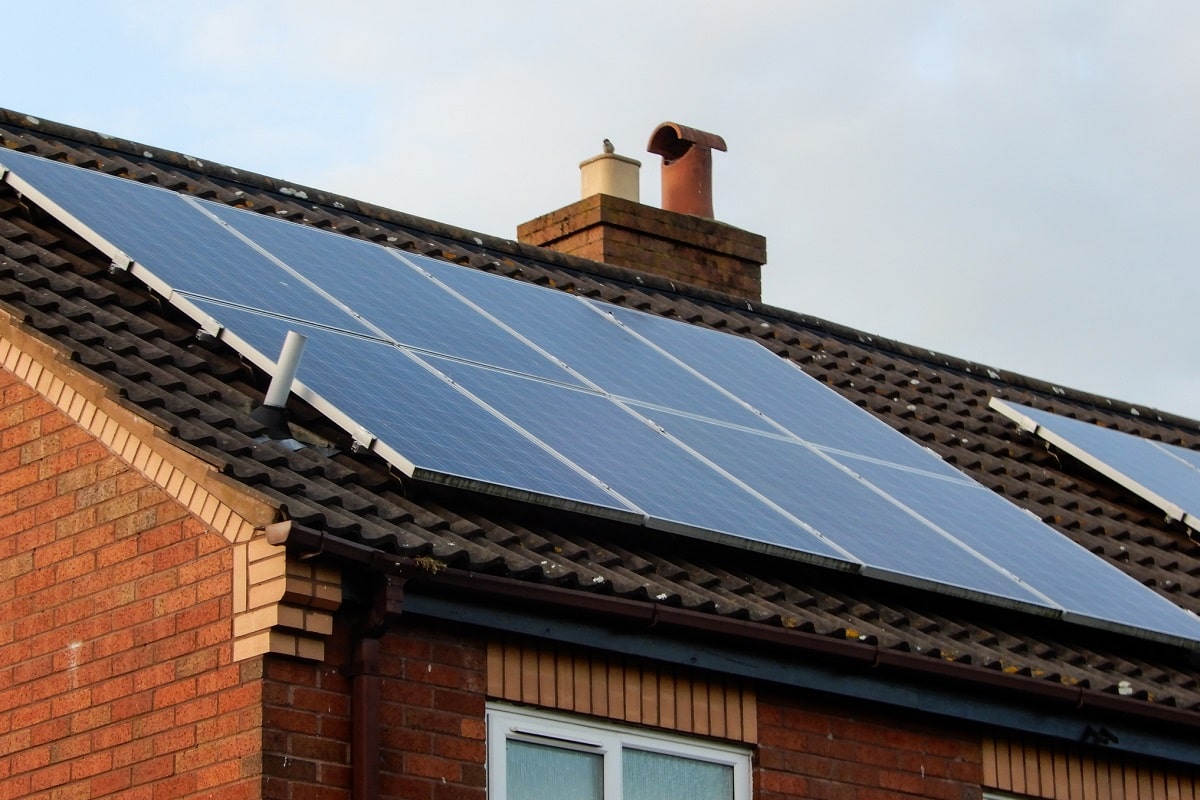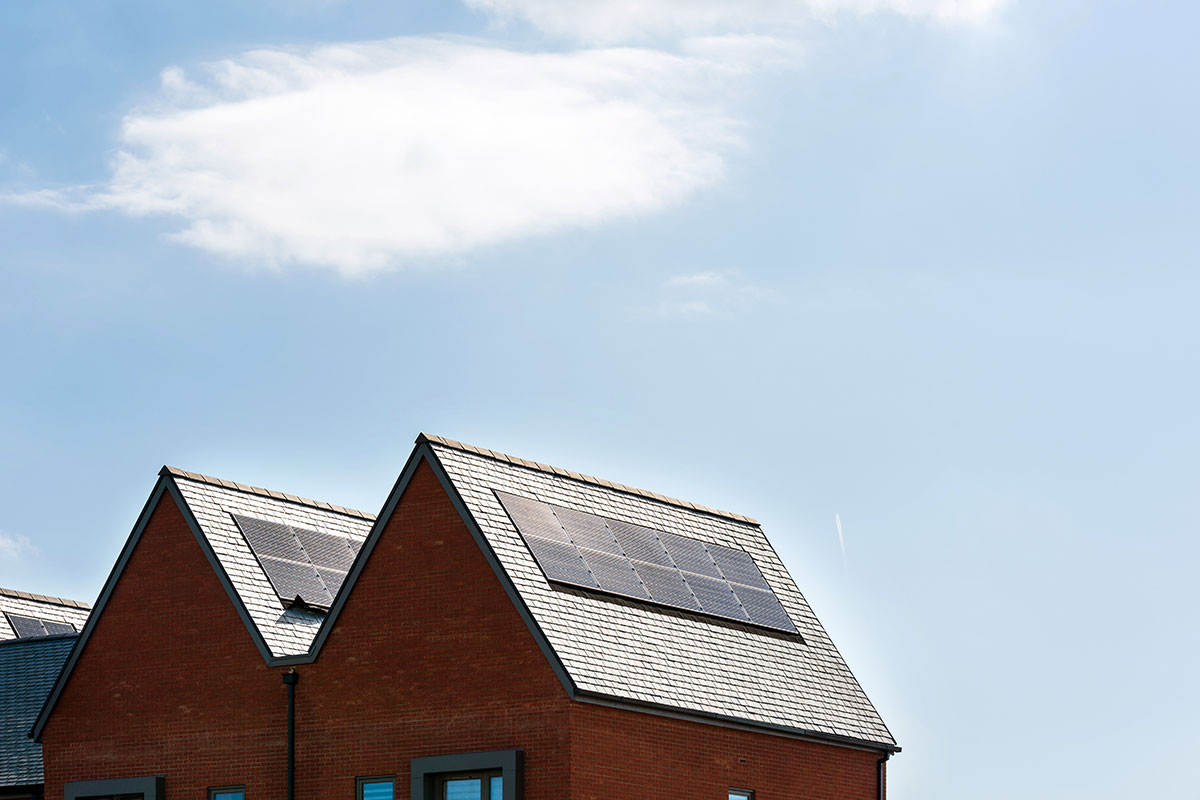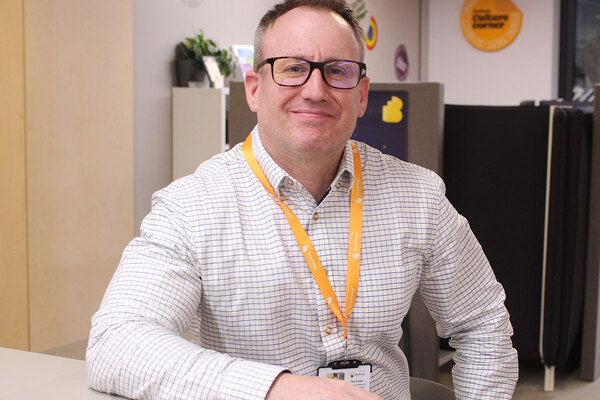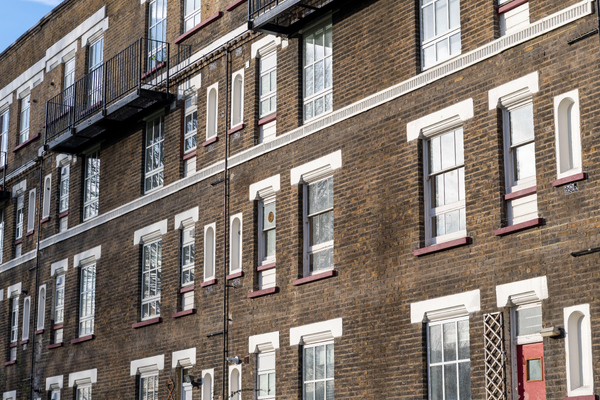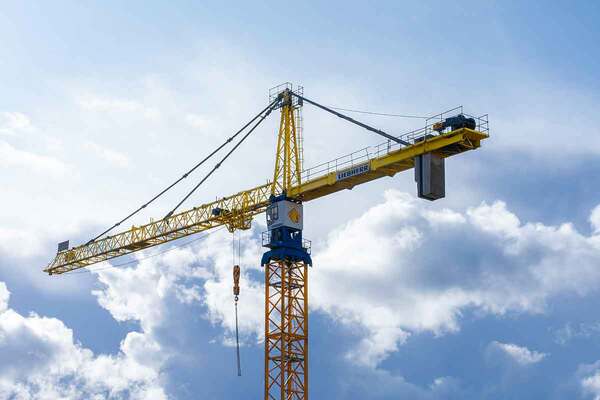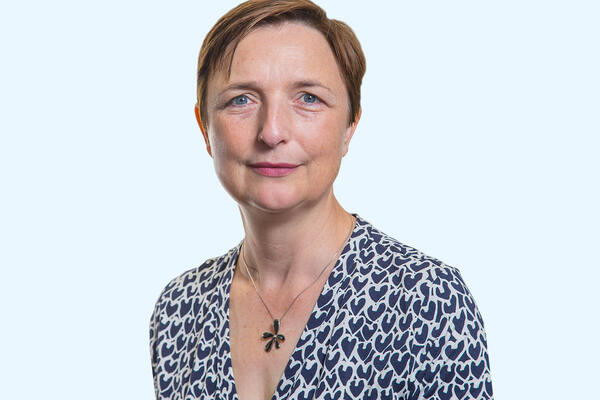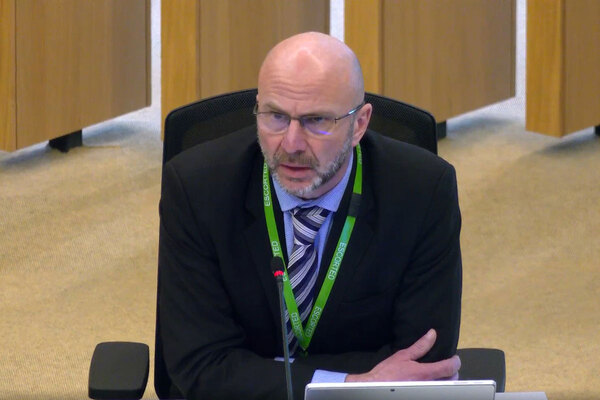From next year new builds will require energy-saving technology. What do landlords need to consider?
Stuart Nicholson at roofing manufacturer Marley says solar photovoltaic systems are one of the easiest ways to achieve this
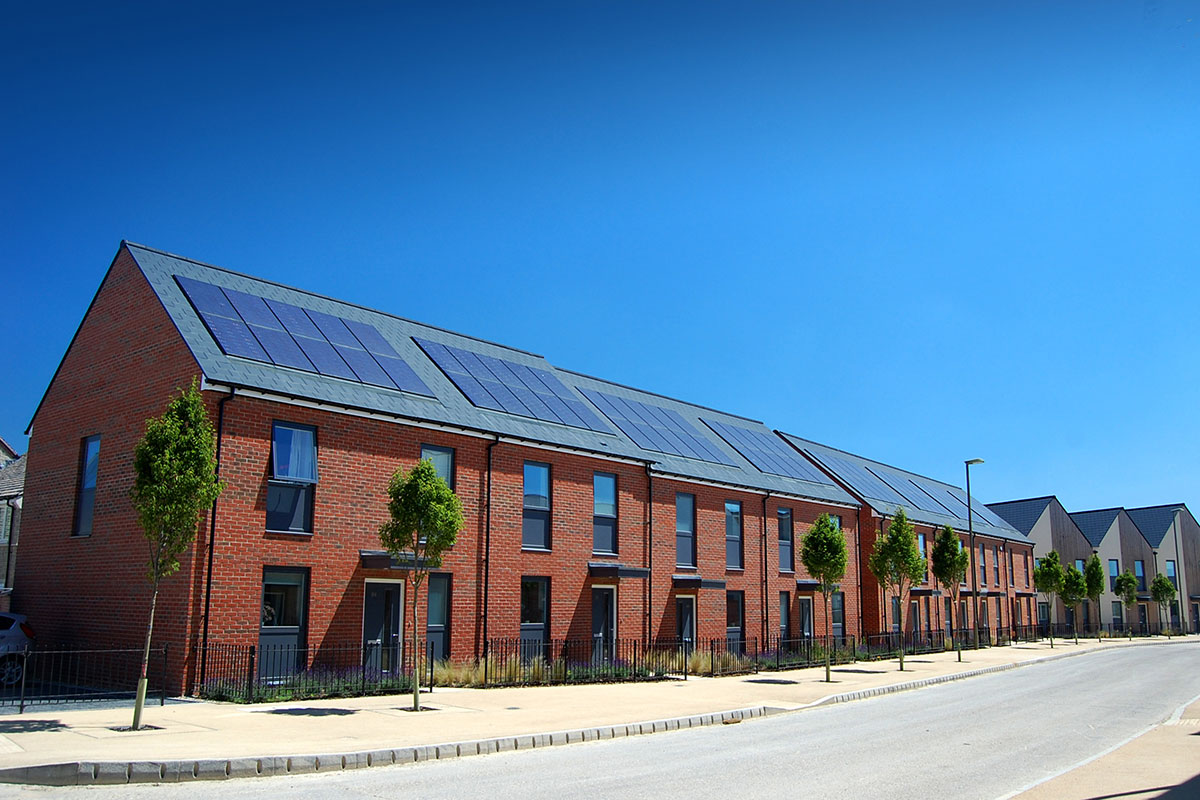
In association with:

As social housing landlords grapple with decarbonisation, the need to invest in the right technology is vital. Big decisions made now are likely to have long-term implications. But with the government still to fully outline the best technologies to make homes more energy efficient, landlords are faced with the quandary of which systems to invest in. They have to balance their journey to net zero with ensuring they don’t make costly mistakes that could catch up with them down the line.
With changes to Part L of the building regulations coming in next year that will affect all new build homes, Inside Housing spoke to Stuart Nicholson, roof systems director at Marley, the roofing manufacturer.
With the changes to building regulations in England, what should housing associations think about?
They’re going to have to incorporate energy-saving technologies when they are building new homes. They can use any technology, and there are lots available, but one of the easiest and most cost-effective routes would be to use solar photovoltaic (PV) systems. As well as being cost-effective, solar panels are readily available and a known technology. It’s the path of least resistance to adhere to the new Part L regulations.
Scotland introduced rules around carbon reduction in new homes in 2016. What has been its experience?
It’s been a game-changer for the use of solar panels in Scotland. In 2016, around 10% of new builds had solar panels, but last year this figure was 70%. There’s no reason why this shouldn’t be the same experience
when the rules change in England.
The changes to Part L only affect new builds, so what should landlords consider in terms of retrofitting or planned maintenance in relation to decarbonisation?
The cost of repairing a roof is almost as much as replacing it. If you’ve got planned maintenance and you’re replacing a roof, you need to look at incorporating solar panels. It should be the first thing that you think about: “How can we get the most value from that roof?” By installing solar panels, it will give you that no-regrets future-proofing for a property, and then you can look at adding additional technologies.
The government aims to install 600,000 heat pumps a year by 2028. How do solar panels fit into that?
We would encourage any social landlord looking to put a heat pump in to think about how it is going to be powered. Solar panels are often used to help run the heat pump. A heat pump on its own could potentially put tenants into deeper fuel poverty if that’s the only source of heat. It’s completely different to what they’re used to and runs solely on electricity.
We’ve seen cases where tenants got a heat pump and then still went out and bought electric heaters because they wanted a quick burst of heat when they felt cold. That’s using more electricity and creating additional costs. Although there are many benefits to heat pumps, there’s a lot of capital cost, too – for example, you need a whole new radiator system for them to work properly and the house needs to be well insulated. But heat pumps and solar panels are two very good bedfellows. In our view, you shouldn’t be installing heat pumps without solar panels as well. Afterthoughts tend to cost a lot more money, so make all the considerations at the start of your project.
What are some of the advancements in solar panels?
One of the big ones is solar panels becoming integrated. With integrated panels you have a much better, cleaner aesthetic and it’s part of the roof covering, so there’s very little maintenance. The only thing that may be needed is cleaning, but with integrated panels, there’s less likelihood of mess from birds than with bolt-on panels. The raised nature of bolt-on panels gives birds a perfect nesting spot; they often perch on the panel, creating a lot of mess across the roof.
The cost has fallen dramatically on solar panels, too, and the power they generate is increasing all the time. When we were installing solar panels back in 2010, they were probably 200 watts or 220 watts peak per panel. Now, for the same size panel, we’re seeing 50% more power out of the same area. We will probably see the energy increase further on panels in the future.
A technology that’s widely used to help improve the benefits of solar for the tenant is a PV power diverter, which detects when you’re generating more electricity than you can use and will switch something on in the house. The ‘something’ is often an immersion heater in a hot water tank.
So you’re keeping that electricity in the house, and you’re using it to heat up water that you can use in the evening. That’s a really cheap addition to a PV system that enhances the benefit to the tenant. Battery storage is getting a lot more attention too, although it’s still rather pricey and tends to be used more in demonstration projects at the moment.
In numbers
10%
New builds in Scotland that had solar panels in 2016
70%
Scottish new build homes that had solar panels in 2020
What has been your experience of how tenants have responded to solar panels?
Our feedback from tenants has been really good, especially as the use of solar panels has increased and people have become more aware of them. The introduction of integrated panels seems to have had a big impact on tenants’ views, as they become a seamless part of the roof and give a good aesthetic finish.
Tenants, like other members of the public, are more aware of what’s happening with regard to climate change and energy usage. Tenants not only feel that they’re saving money, but also that they’re having a positive impact on the world around them.
It’s important to remember that however small the array of solar panels, it should still save energy for the tenant. Even a small number of appliances using electricity in the background, like things on standby or fridges, can use the electricity that is produced. Every penny saved will help a tenant on low income or affected by fuel poverty.
What do you say to anyone who is worried that solar panels are not suitable for the UK climate?
It’s not heat that solar panels are using, it’s light. The hotter panels get, the less efficient they are, so the UK climate is as good a place as any. They don’t generate quite as much on cloudy days, but they still generate a good amount of electricity.
What would be your overall message to social landlords?
I think the biggest takeaway is just thinking about the planned maintenance and assessing all their housing stock. It may be that they don’t need to rush out and look at putting renewables in everything now. But there could be an opportunity for them to save money by planning it in line with their reroofing schemes.
As with any maintenance, the expensive aspect is access and labour, so utilising that to incorporate renewable technologies while making housing upgrades is something to consider, and may save time and money in the long run.
Sign up for our asset management newsletter
Already have an account? Click here to manage your newsletters

